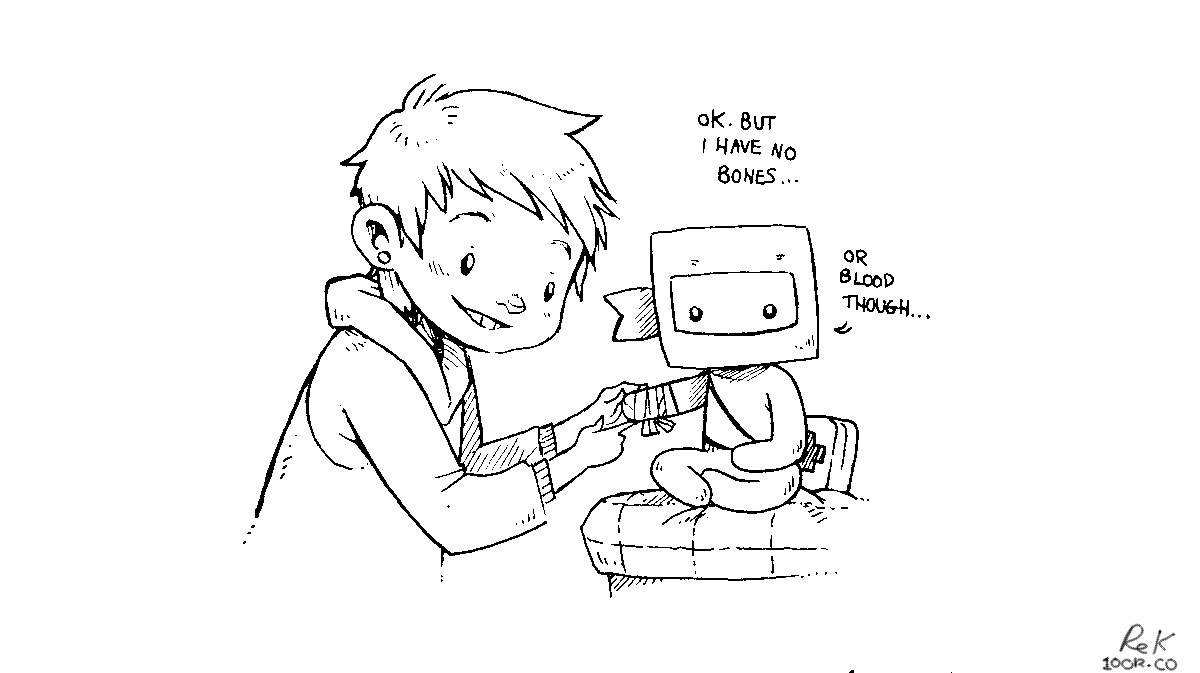medical

Most city-centers will have a hospital. Ones out in the islands—South Pacific for instance—tend to be good and cheap, but in most cases you must be self-sufficient. That includes a well-stocked medical supply, and the know-how to fix yourself up.
Before going offshore, if you can, we recommend doing a first-aid course. Knowing what to do in the event of severe bleeding, choking, or severe allergic reactions, could save your crew's life.
In a marine environment, it may not be possible for EMS personnel to come to your assistance in an emergency. You may need to contact a doctor and request advice on providing care, even if it is outside of your training. Read about calling for help on a boat. Document the doctor’s orders carefully.
You should prepare the following information and present it to the doctor:
- Routine information about the ship
- Routine information about the person
- Details of the illness/injury
- Care rendered and the person’s response to that care
Read on what to do to protect yourself against malaria, and see what to do in the event of jellyfish stings, sunburns, or hypothermia.
DAN BOATER
In case of a serious injury, you must have the means to get yourself to the nearest clinic. We use DAN Boater, a repatriation insurance that covers helicopter/transportation fees.
MEDICAL RESOURCES
We find that medical apps for mobiles, and FM army field manuals, are helpful when dealing with minor burns, cuts and various aches. If you have a smart phone, the Canadian Red Cross app is free, works offline, and is very good.
We also recommend:
- The downloadable guides by Riot Medicine
- A Barefoot Doctor’s Manual: The American Translation of the Official Chinese Paramedical Manual(an excellent general health manual)
first aid kit
Basic First-aid kit:
Clearly mark the first-aid kit with a red cross, and make sure everyone aboards knows where it is. Keep a list inside of the items you use, and be sure to top off the kit every year or so. Also, see ditch bag.
- Sterile gauze pads (dressings) in small and large squares to place over wounds
- Medical tape
- Roller and triangular bandages to hold dressings in place or to make an arm sling
- Adhesive bandages in assorted sizes
- Scissors
- Tweezers
- Safety pins
- Instant ice packs
- Disposable non-latex gloves(such as surgical or examination gloves)
- Flashlight(with extra batteries in a separate bag)
- Antiseptic wipes or soap
- Pencil (and sharpie) and pad
- Emergency blanket
- Eye patches
- Thermometer
- A first aid manual
Basic Medicine kit:
Always read about a medicine before using it. If administering medicine to another person, ask about their allergies, and past medical history, last oral intake etc. Some medicines can cause severe allergic reactions, or may interact with other medicine.
Never administer anything to anyone without their consent.
- Ibuprofen (Oral. Minor pain, and fever reducer, e.g., toothache, menstruation cramps, headache)
- Aspirin (Oral. Pain, fever, inflammation reducer, e.g., treat/prevent heart attacks, strokes, chest pain)
- Antihistamines (allergy relief)
- Seasickness meds (scopolamine patches, dimenhydrinate(dramamine) etc)
- Ear drops
- Eye wash
- Insect repellant (mosquitoes can carry malaria, or dengue)
- Hand sanitizer
- Topical anesthetic
- Zithromycin (Oral. Treatment of bacterial infections, e.g., traveler's diarrhea, gastrointestinal infections etc)
- Oxycodone/Acetaminophen (Oral. Severe pain relief, fever reducer)
- Sunscreen (SPF 30)
- Aloe vera gel with lidocaine (for burn relief)
- Bacitracin/Polysporin/Neosporine (Topical ointment. Prevents infection. For minor scrapes, cuts, and burns)
- Hydrogen peroxide
- Imodium (anti-diarrhea)
Advanced Medicine kit add-ons:
- Hot water bottle (for hypothermia)
- Staple gun (for wounds)
- Epinephrine (vials, or Allerject/AUVI-Q. Avoid EpiPens, they are grifters)
- Tourniquet
- Multitool
- Compression bandage
- Reinforced sterile skin closures
- CPR pocket mask
- Povidone surgical scrubs (iodine)
- Sterile sutures thread with needle
- Emergency dental kit